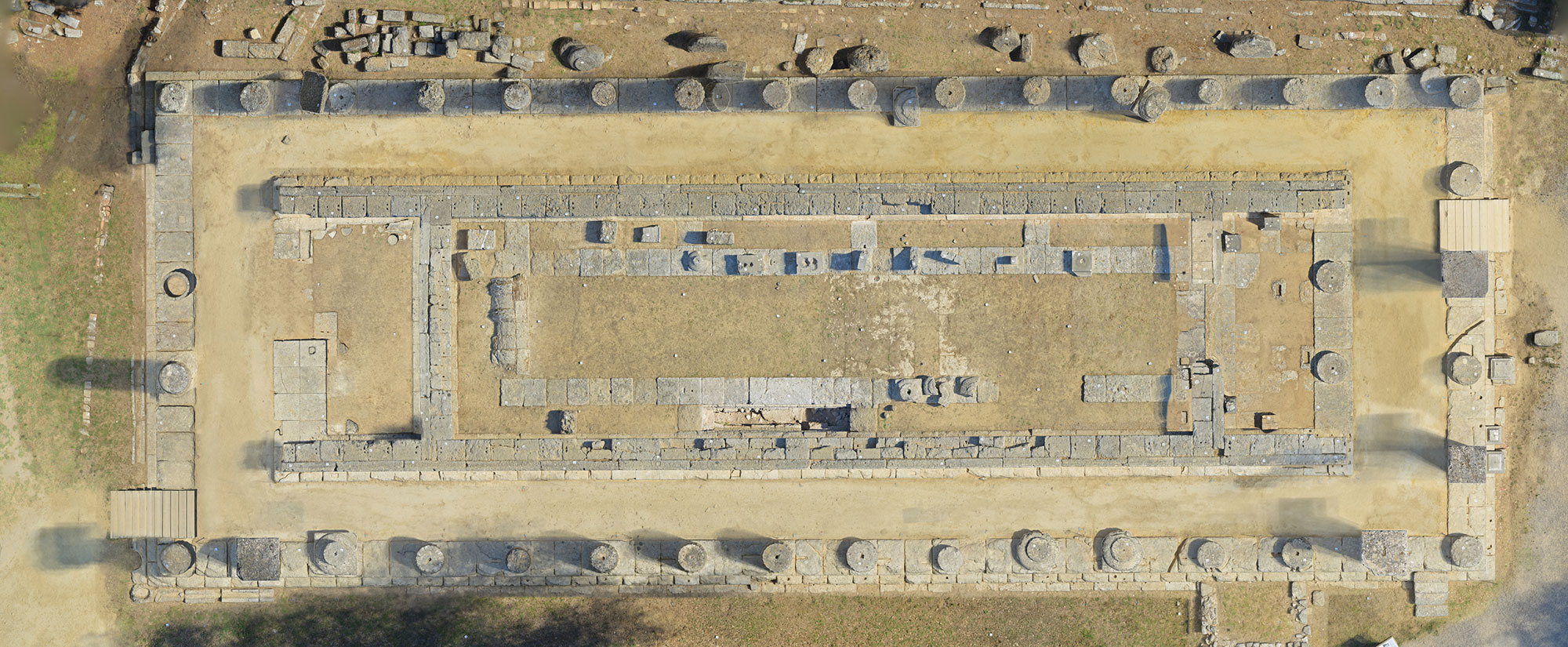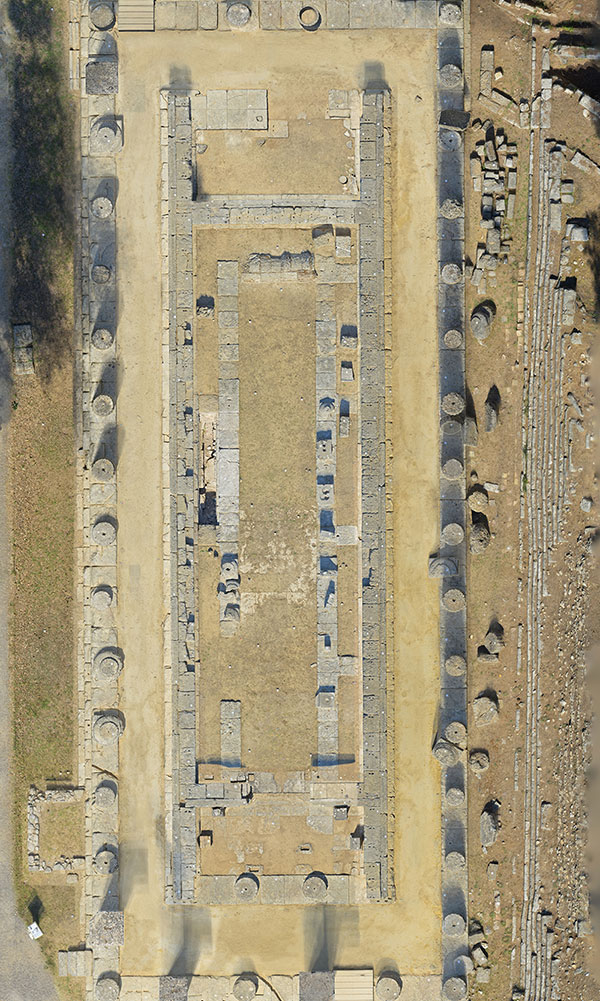VANCOUVER, CANADA—ABC News Australia reports that statistical geneticist Ryan Bohlender of the University of Texas MD Anderson Cancer Center and his team developed a new computer model to evaluate the possible relationships among the ancestors of modern humans, Neanderthals, and Denisovans. The tool varied estimations of population size and dates for when the populations stopped interbreeding, and accounted for inconsistencies in previous studies of genomes of modern and archaic humans. The analysis suggests that interbreeding occurred both within and outside of Africa, that the early population in Africa was 50 percent larger than had been thought, and that modern humans diverged from the family tree some 440,000 years ago. The study also suggests that the different populations may have interbred less frequently than previously thought, and in similar numbers in Europe and in East Asia. (It had been suggested that interbreeding occurred more frequently in East Asia.) And, according to Bohlender, Melanesians may carry a small amount of DNA from an unidentified, extinct human species. Future computer simulations will add additional populations into the mix to see how they affect the results. For more, go to “A New Human Relative.”
Geneticists Develop New Model for Ancient Human Relationships
News October 26, 2016
Recommended Articles
Digs & Discoveries November/December 2025
The Egyptian Sequence
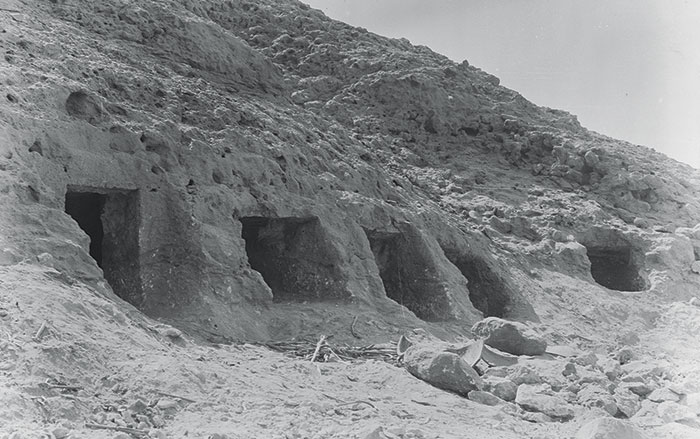
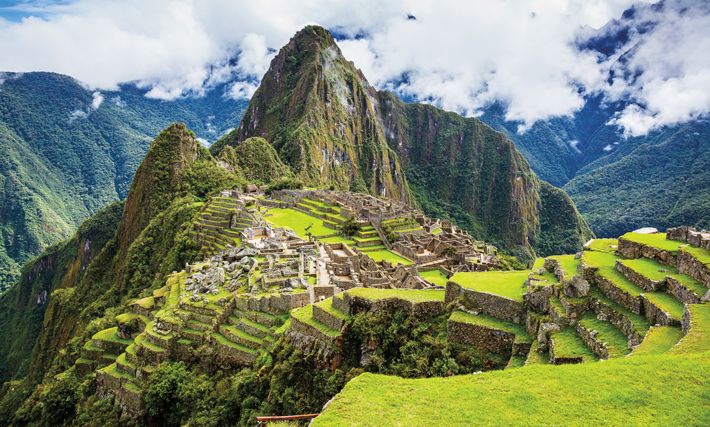
Digs & Discoveries March/April 2023
Closely Knit
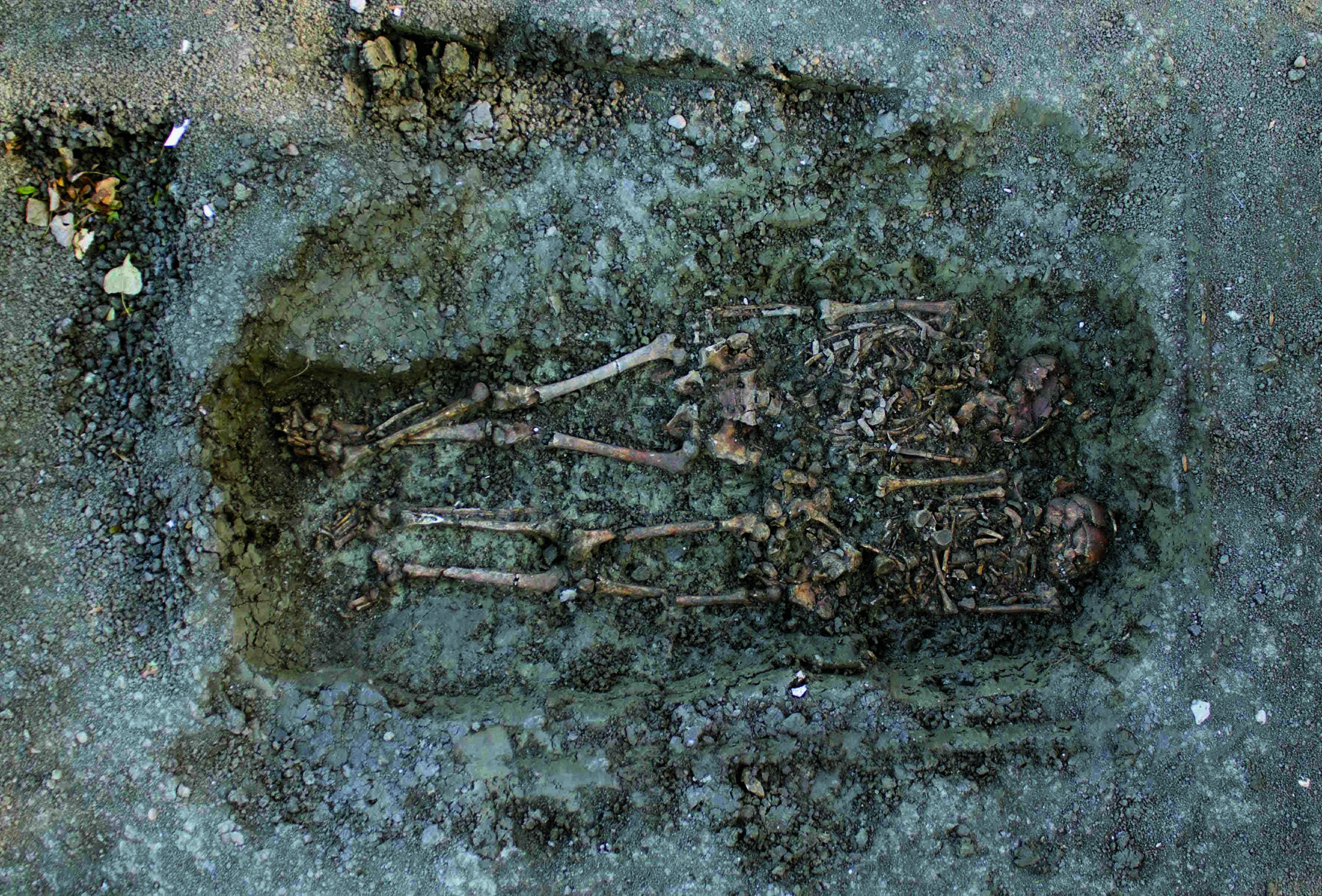
Digs & Discoveries January/February 2023
Farmers and Foragers
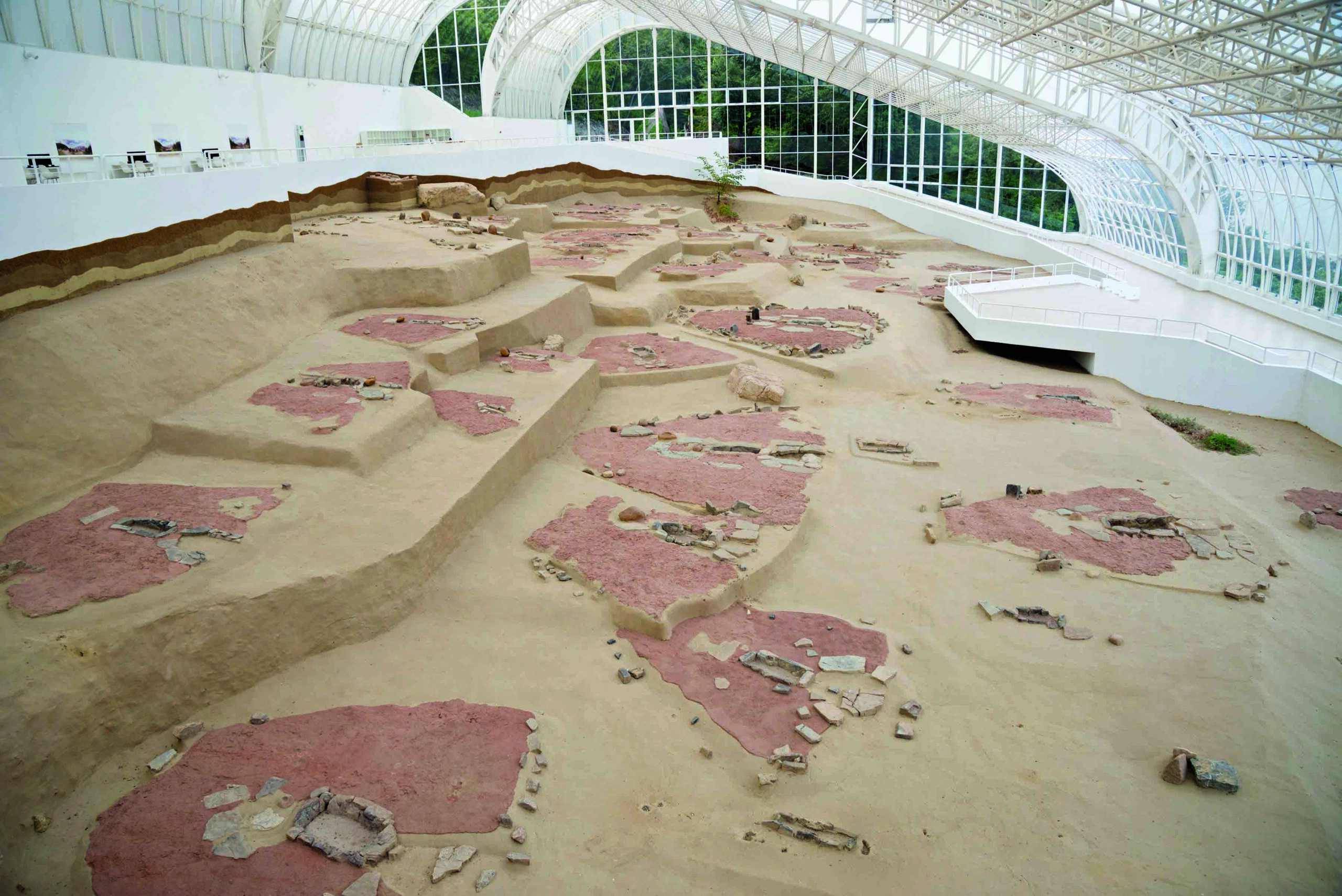
-
Features September/October 2016
Romans on the Bay of Naples
A spectacular villa under Positano sees the light
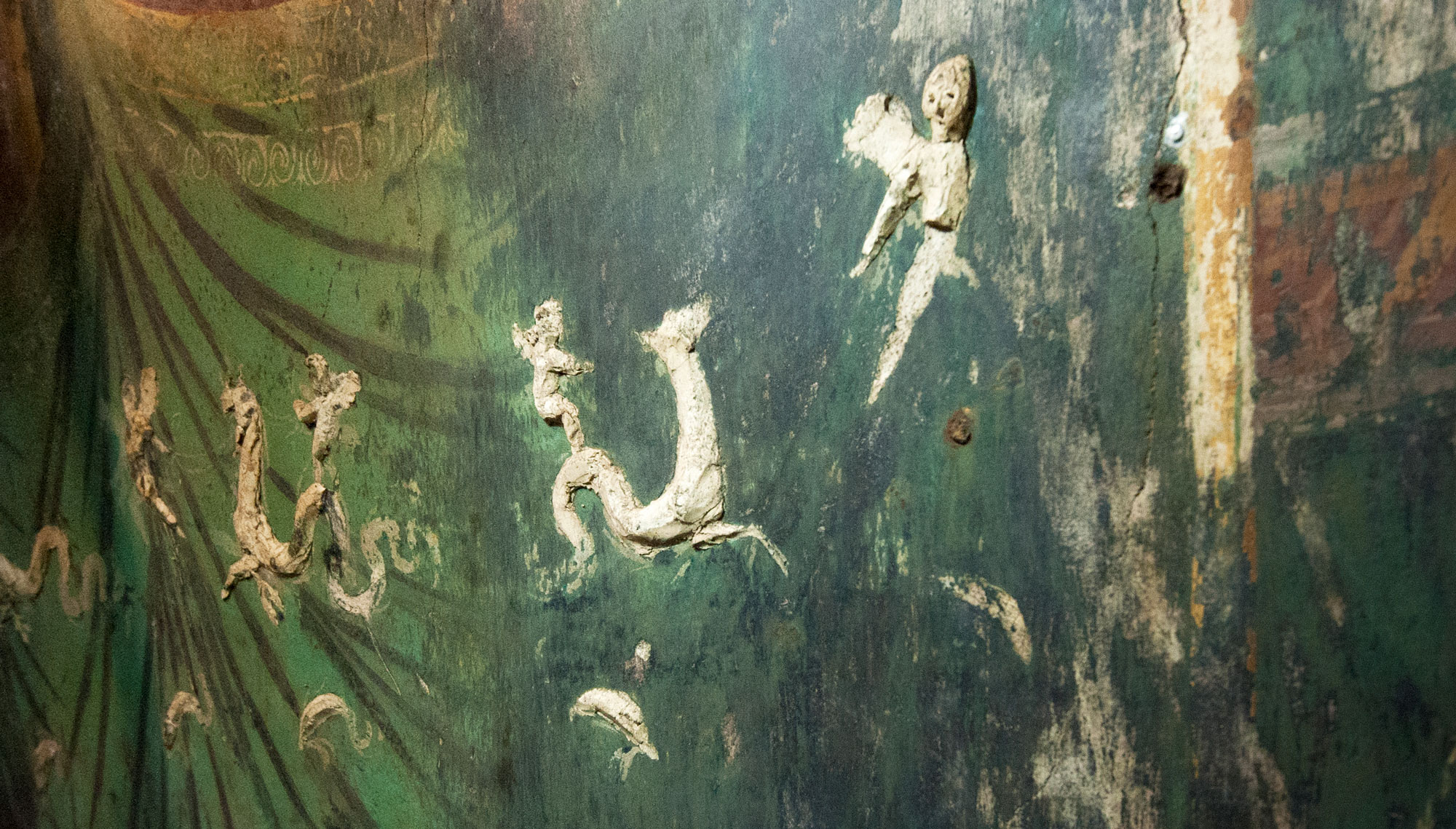 Marco Merola
Marco Merola -
Features September/October 2016
Worlds Within Us
Pulled from an unlikely source, ancient microbial DNA represents a new frontier in the study of the past—and modern health
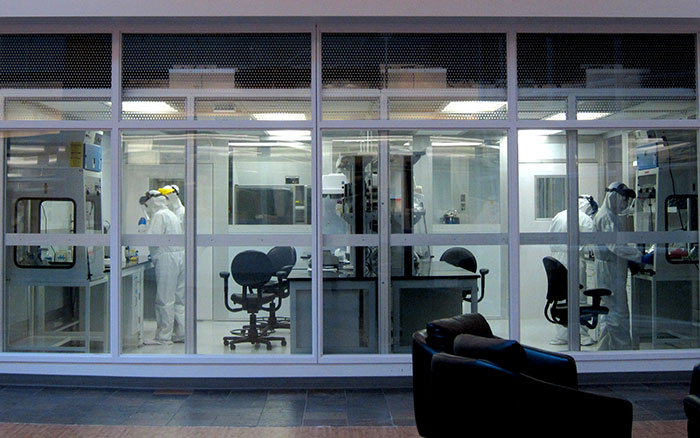 (Photo: Samir S. Patel)
(Photo: Samir S. Patel) -
Letter from Rotterdam September/October 2016
The City and the Sea
How a small Dutch village became Europe's greatest port
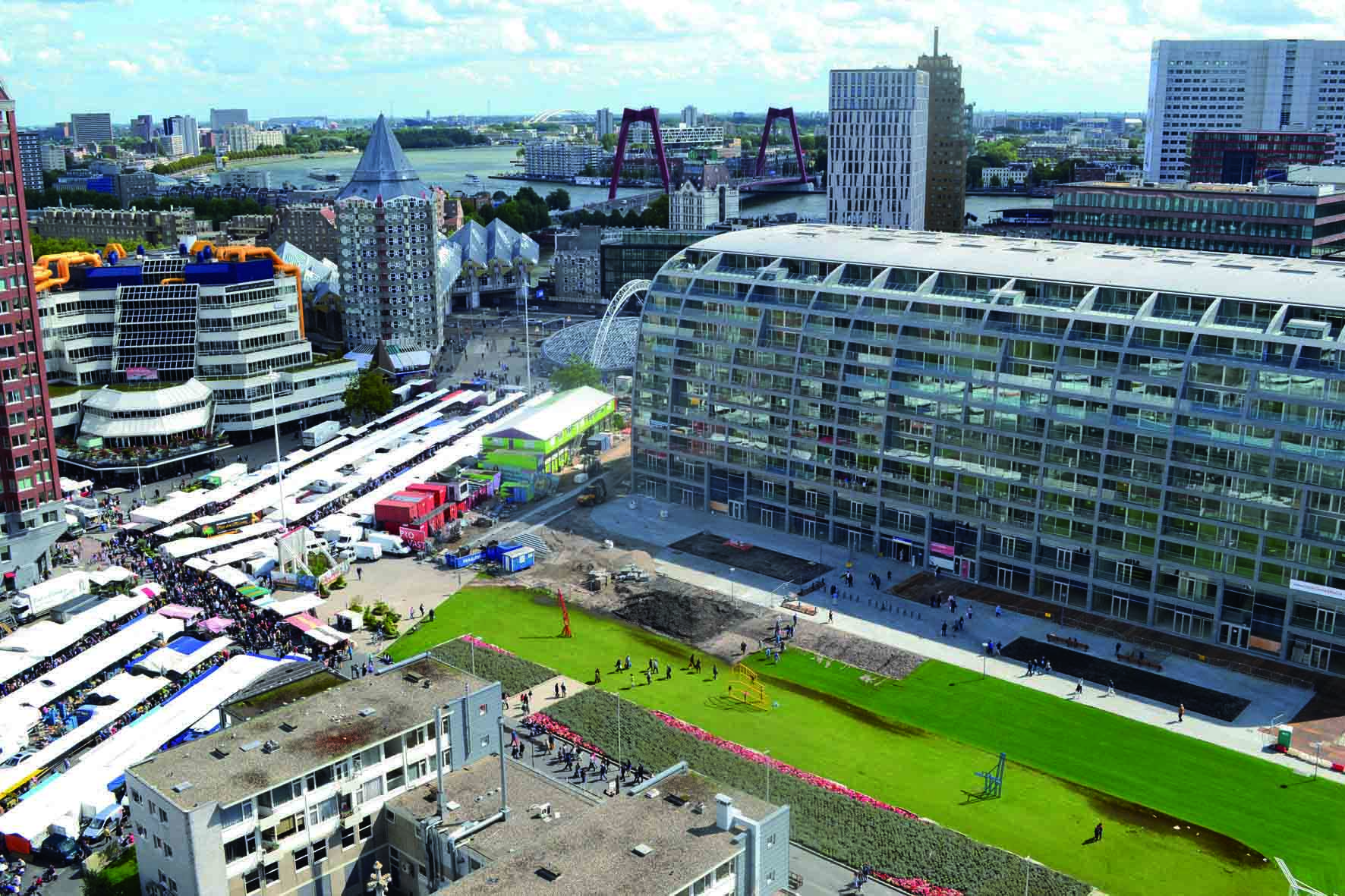 (© Bureau Oudheidkundig Onderzoek Rotterdam)
(© Bureau Oudheidkundig Onderzoek Rotterdam) -
Artifacts September/October 2016
Anglo-Saxon Workbox
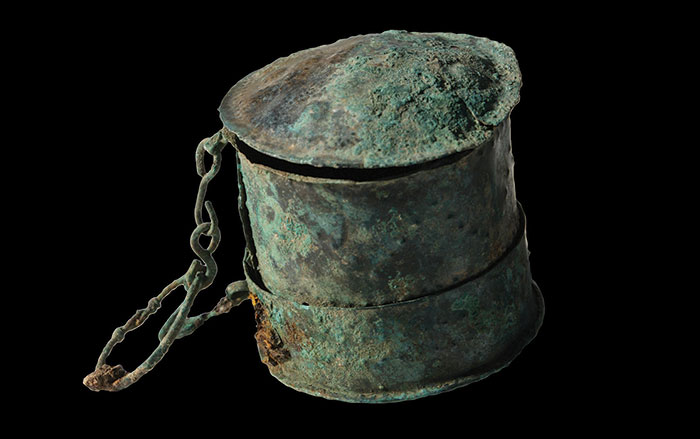 (Courtesy Wessex Archaeology)
(Courtesy Wessex Archaeology)


